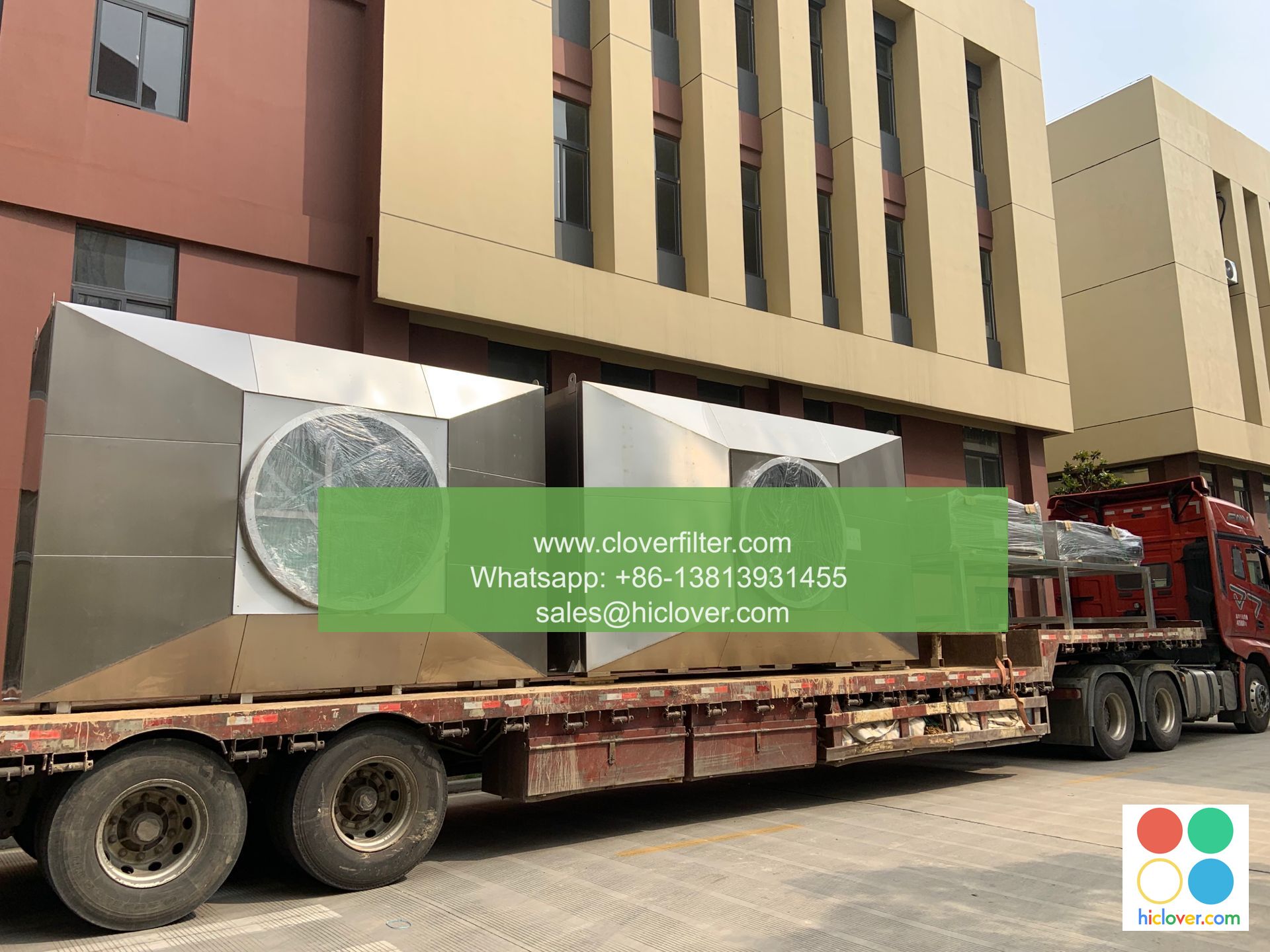Expert Advice: Debugging Air Filter Problems and Misconceptions About Terms

Air filters are a crucial component in maintaining the quality of air in various environments, including residential, commercial, and industrial settings. However, like any other equipment, air filters can experience problems that affect their performance and efficiency. In this article, we will delve into the world of air filters, discussing common problems, debunking misconceptions, and providing expert advice on debugging air filter problems. We will also explore various application areas, including HEPA filter technology, activated carbon filters, and ultrafine particle filtration.
Common Air Filter Problems
Air filters can encounter a range of problems, from simple issues like clogged filters to more complex concerns like filter media degradation. Some common problems include:
* Reduced airflow: Caused by clogged or dirty filters, which can lead to increased energy consumption and decreased system performance.
* Increased pressure drop: Resulting from filter clogging or improper installation, which can cause system damage and reduced filter lifespan.
* Contaminant bypass: Occurring when filters are not properly sealed or installed, allowing contaminants to bypass the filter and enter the system.
Misconceptions About Air Filter Terms
There are several misconceptions surrounding air filter terms, which can lead to confusion and incorrect filter selection. Some common misconceptions include:
* MERV rating: Many people believe that a higher MERV rating always means better filtration. However, this is not always the case, as higher MERV ratings can also mean increased pressure drop and reduced airflow.
* HEPA filter: Some individuals assume that all HEPA filters are created equal, but this is not true. HEPA filter technology varies, and not all HEPA filters can capture ultrafine particles or nanoparticles.
* Activated carbon filters: While activated carbon filters are effective against gas-phase contaminants, they are not effective against particulate matter or microorganisms.
Debugging Air Filter Problems
To debug air filter problems, it is essential to follow a systematic approach. Here are some steps to help you identify and resolve common air filter issues:
1. Inspect the filter: Visually inspect the filter for signs of damage, dirt, or clogging.
2. Check the installation: Verify that the filter is properly installed and sealed to prevent contaminant bypass.
3. Monitor system performance: Track system performance, including airflow, pressure drop, and energy consumption.
4. Consult the manufacturer: Reach out to the filter manufacturer for guidance on troubleshooting and maintenance.
Application Areas
Air filters have various application areas, including:
* Residential air purification: Using HEPA filter technology and activated carbon filters to remove allergens, odors, and particulate matter from indoor air.
* Commercial air filtration: Utilizing ultrafine particle filtration and gas-phase filtration to remove gas-phase contaminants and particulate matter from commercial indoor air.
* Industrial air filtration: Employing high-efficiency filtration and specialized filter media to remove hazardous contaminants and particulate matter from industrial indoor air.
In conclusion, debugging air filter problems requires a comprehensive understanding of common issues, misconceptions, and application areas. By following the steps outlined in this article and considering the various application areas, including HEPA filter technology, activated carbon filters, and ultrafine particle filtration, you can ensure optimal air filter performance and efficiency in various environments. Remember to always consult the manufacturer and follow proper maintenance procedures to extend the lifespan of your air filters and maintain the quality of your indoor air. It seems like you forgot to include the prompt. Please go ahead and provide the prompt, and I’ll be happy to help!

